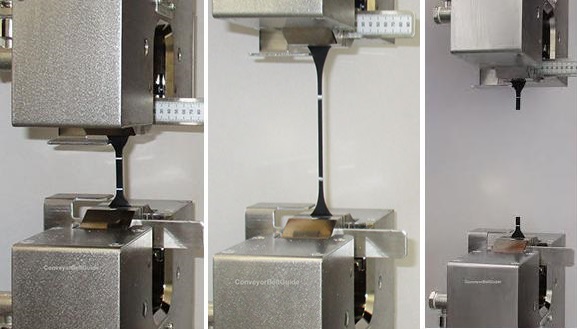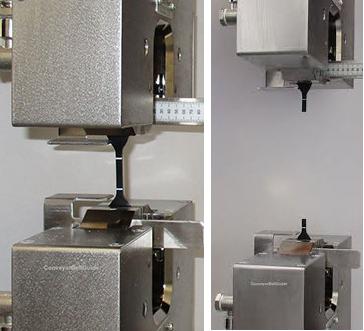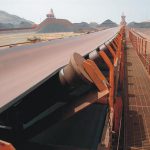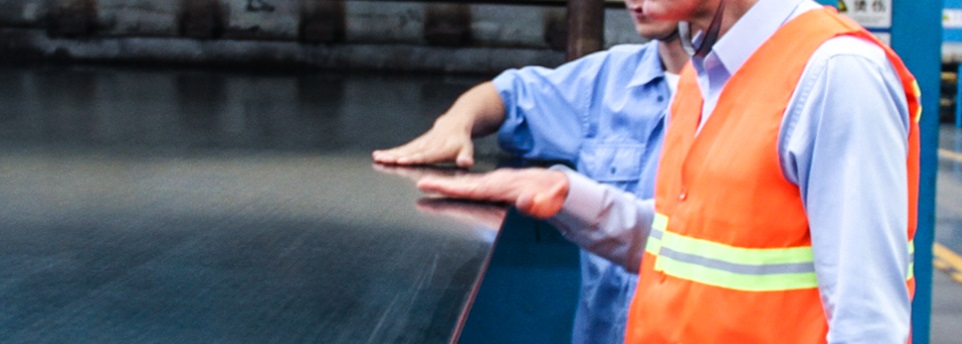Precautions for safe operation of belt conveyor
One, start and stop
The conveyor should generally be started under no-load conditions. When several belt conveyors are installed in sequence, a lockable starting device should be used to start and stop in a certain order through the centralized control room. In addition, in order to prevent unexpected accidents, each conveyor should be equipped with a button for on-site start or stop, and any one can be stopped separately. In order to prevent the conveyor belt from being torn longitudinally for some reason, when the length of the conveyor exceeds 30m, a stop button should be installed at a certain distance (such as 25-30m) along the entire length of the conveyor.
2. Belt conveyor installation
The installation of the belt conveyor is generally carried out in the following stages.
1. The installation of the rack frame of the belt conveyor starts from the head frame, then the middle frame of each section is installed in sequence, and finally the tail frame is installed. Before installing the rack, the center line must be drawn over the entire length of the conveyor. Since keeping the center line of the conveyor in a straight line is an important condition for the normal operation of the conveyor belt, it is necessary to install each section of the rack. Align the center line, and at the same time set up a rack to level it. The allowable error of the rack to the center line is ±0.1mm per meter. However, the error of the center of the frame over the overall length of the conveyor shall not exceed 35mm. After all the single sections are installed and identified, the single sections can be connected.
2. When installing the drive device, you must pay attention to make the drive shaft of the belt conveyor perpendicular to the center line of the belt conveyor, make the center of the width of the drive pulley coincide with the center line of the conveyor, and the axis of the reducer and the drive axis parallel. At the same time, all shafts and rollers should be leveled. The horizontal error of the shaft is allowed within the range of 0.5-1.5mm according to the width of the conveyor. While installing the driving device, you can install the tail wheel and other tensioning devices. The roller axis of the tensioning device should be perpendicular to the center line of the belt conveyor.
3. Install the rollers. After the frame, transmission device and tensioning device are installed, the roller racks of the upper and lower rollers can be installed, so that the conveyor belt has a curved arc that changes slowly, and the distance between the roller racks in the turning section is normal. 1/2~1/3 of the roller frame spacing. After the roller is installed, it should be able to rotate flexibly and briskly.
4. The final alignment of the belt conveyor In order to ensure that the conveyor belt always runs on the center line of the idler and drum, the following requirements must be met when installing the idler, frame and drum:
1) All rollers must be lined up, parallel to each other, and kept horizontal.
2) All the rollers are arranged in a row, parallel to each other.
3) The supporting structure frame must be straight and horizontal. For this reason, after the installation of the driving roller and the supporting roller frame, the centerline and level of the conveyor should be rectified finally.
5. Then fix the rack on the foundation or floor. After the belt conveyor is fixed, feeding and unloading devices can be installed.
6. Hanging the conveyor belt When hanging the conveyor belt, first spread the conveyor belt strip on the idler roller of the unloaded section, enclose the driving roller, and then apply it on the idler roller of the heavy-duty section. The 0.5-1.5t hand winch can be used for hanging the belt. When tightening the belt to connect, the roller of the tensioning device should be moved to the limit position, and the trolley and the spiral tensioning device should be pulled toward the transmission device; and the vertical picking device should move the roller to the top . Before tightening the conveyor belt, the reducer and motor should be installed, and the braking device should be installed on the inclined conveyor.
7. After the belt conveyor is installed, an idling test machine is required. In the idling test machine, pay attention to whether there is misalignment phenomenon in the operation of the conveyor belt, the operating temperature of the driving part, the activity of the roller during operation, the degree of contact between the cleaning device and the guide plate and the surface of the conveyor belt, etc. Carry out necessary adjustments, and test the machine with load after all parts are normal. If a screw-type tensioning device is used, the tightness must be adjusted again when the test machine is operated under load.
3. Maintenance of belt conveyor
In order to ensure the reliable operation of the belt conveyor, the most important thing is to discover and eliminate possible faults in time. For this reason, the operator must observe the working conditions of the transport aircraft at any time, and deal with it in time if any abnormality is found. It is very important that the mechanics should regularly inspect and inspect any conditions or parts that require attention. For example, an idler roller is not very important, but a high-speed conveyor belt that conveys worn materials may quickly wear through its shell, and a knife edge may appear. This knife edge may seriously damage an expensive conveyor belt. Trained workers or experienced staff can detect impending accidents in time and take precautions against them. The conveyor belt of the belt conveyor accounts for a considerable proportion of the overall conveyor cost. In order to reduce the cost of replacing and repairing the conveyor belt, it is necessary to pay attention to the training of operators and maintenance personnel on the operation and maintenance of the conveyor belt.

Tags: Belt Conveyor,EP conveyor belt,Rubber conveyor belt








